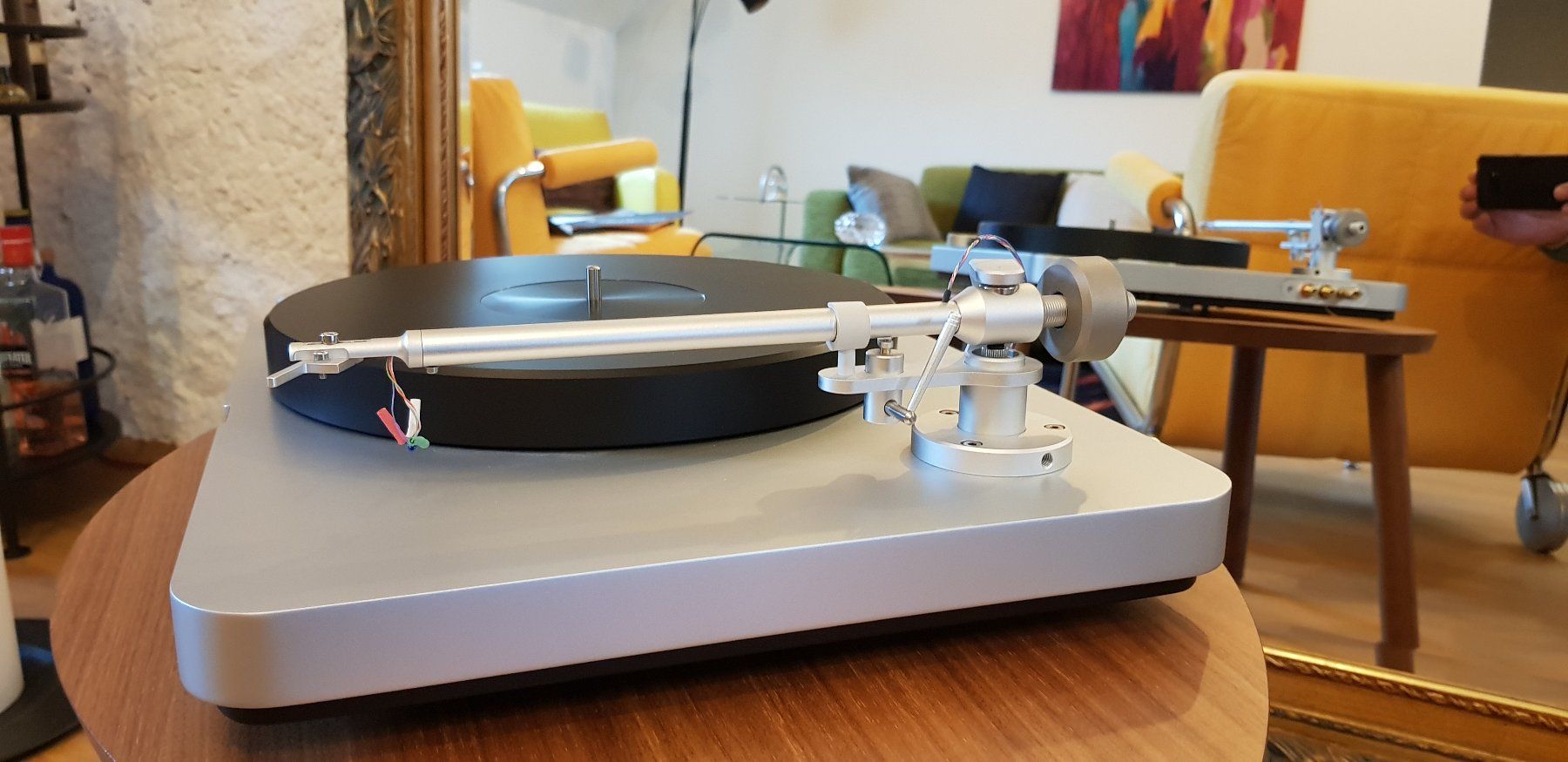Thank you for all these detailed information. We are talking about the Verify arm. And yes, the alignment template is available.
There is one BIG difference between the anti skating screw/knob of the Clearaudio Concept and the ROWEN TT1: The screw on the latter has no zero marker. So, it will be necessary to figure zero anti skate first in order to be able to set VTF correctly.
I will provide an update as soon as I have received feedback from my friend.



